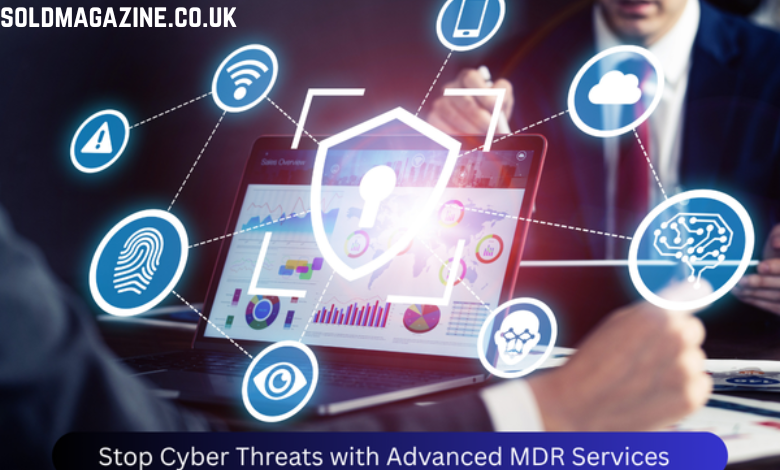If the last decade of digital transformation was about modernisation, 2025 is about momentum. The companies thriving in today’s landscape aren’t necessarily the biggest or most well-funded. They’re the most agile.
In a world defined by constant change from shifting customer behaviours to rapid AI adoption, agility has become the new enterprise currency. It’s the ability to pivot quickly, scale intelligently, and turn disruption into opportunity that now separates market leaders from those left behind.
The Shift from Transformation to Evolution
When the digital transformation wave began, most organisations focused on technology upgrades, like migrating to the cloud, automating manual tasks, or digitising customer experiences. These efforts were valuable, but they were also finite projects.
In 2025, digital transformation is no longer something businesses complete. It’s something they become. Enterprises are realising that success isn’t about reaching a digital end goal but about building adaptability into their DNA.
As Ali Zubairy, Head of EU/UKI at Visionet, explains:
“The companies that will lead the next phase of digital transformation are those that can respond to change as it happens. Agility is now the foundation, not the outcome of transformation.”
This marks a new era: the era of continuous evolution, where organisations must evolve in real time, powered by data, automation, and a forward-thinking mindset.
Why Agility Outweighs Scale
For years, scale was considered the ultimate competitive advantage. But as markets shift faster than ever, size alone no longer guarantees success.
Large enterprises often struggle to move at the speed of smaller, more flexible competitors. Processes that once ensured stability now risk creating inertia. Agility, by contrast, allows businesses to act quickly on insights, test new ideas, and iterate without fear of failure.
AI and data-driven systems have accelerated this shift. Companies now have the tools to sense change instantly, from customer sentiment to supply chain disruptions, and respond intelligently.
“Agility is no longer just operational,” says Deepak Shukla, Founder of Pearl Lemon AI. “It’s strategic. Enterprises need to reimagine agility as a mindset that influences how they use data, how they innovate, and how they lead.”
This philosophy is shaping how the world’s most forward-looking businesses are reorganising with flatter hierarchies, faster decisions, and a bias for experimentation over perfection.
The Building Blocks of Agile Transformation
True enterprise agility isn’t achieved through software alone. It’s a blend of technology, talent, and transformation strategy. The following pillars define agile enterprises in 2025:
1. Connected Data Ecosystems
Agility depends on visibility. Businesses need unified data architectures that give leaders a real-time view of performance, customer behaviour, and risks. Integrated data systems eliminate silos and help teams act on shared intelligence rather than fragmented insights.
2. Intelligent Automation
Automation powered by AI frees teams from repetitive work and accelerates decision-making. When automation meets intelligence — such as predictive analytics — enterprises can anticipate needs and adjust strategies before problems arise.
3. Digital-First Culture
Technology can’t fix outdated thinking. Agility requires a culture that values curiosity, experimentation, and quick learning. Teams must feel empowered to make decisions and adapt without waiting for multiple approvals.
4. Cloud-Native Flexibility
Cloud infrastructure remains the backbone of enterprise agility. It allows companies to scale up or down instantly, deploy updates continuously, and collaborate globally without friction.
5. Leadership that Embraces Change
Agile transformation begins at the top. Leaders must champion adaptability not as a short-term reaction but as a long-term strategic philosophy.
AI: The Great Enabler of Agility
Artificial intelligence is the single biggest accelerator of enterprise agility today. By providing predictive insights, automating workflows, and simulating scenarios, AI enables businesses to react before disruption becomes damage.
In customer experience, AI helps personalise journeys instantly based on real-time interactions. In supply chain management, it forecasts shortages and reroutes logistics dynamically. In finance, it identifies emerging risks before they escalate.
The combination of AI and agility creates what analysts call the responsive enterprise, which is an organisation that not only adapts to change but thrives on it.
Agility in Action: The New Competitive Edge
Companies across industries are embracing agility as a growth strategy, not just a survival mechanism.
- Retailers are using AI-driven data platforms to adjust inventory and pricing daily based on consumer sentiment.
- Manufacturers are deploying predictive maintenance to minimise downtime and cut costs.
- Financial institutions are adopting real-time risk analytics to comply with regulations while remaining customer-centric.
- Healthcare providers are leveraging digital twins to simulate patient outcomes and improve care delivery.
These examples share one thing in common: speed. Agility turns insight into impact faster than traditional models ever could.
People: The Core of Agility
No transformation succeeds without the right people. Enterprises are increasingly realising that agility isn’t about replacing human talent. It’s about empowering it.
AI and automation handle the repetitive, but humans drive innovation, empathy, and strategy. In 2025, the most competitive organisations are those that blend human creativity with digital intelligence.
That’s why many digital leaders are investing in continuous learning programs, encouraging cross-functional collaboration, and embedding agility into their performance metrics.
From Surviving Change to Shaping It
In 2025, the question isn’t whether digital transformation matters. It’s whether your organisation can keep up with its own progress. Agility transforms digital change from a series of projects into a continuous loop of improvement.
Instead of reacting to disruption, agile enterprises anticipate it. They test, learn, and evolve constantly, thus redefining transformation as a state of perpetual motion.
Agility Is the New Currency
Digital transformation in 2025 isn’t about who has the most advanced technology. It’s about who can adapt the fastest and learn the quickest. Agility converts innovation into impact and uncertainty into opportunity.
Enterprises that make agility their currency will not only survive the next wave of disruption, they’ll lead it.
Because in the era of intelligent transformation, the most valuable asset isn’t data or technology, it’s adaptability. And those who master it will define the digital economy of tomorrow.




